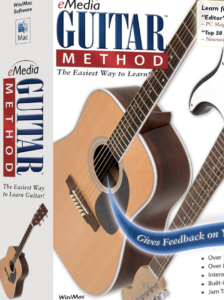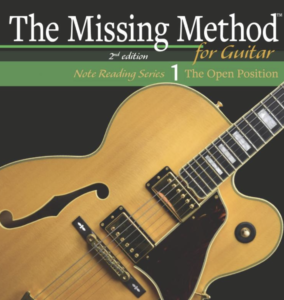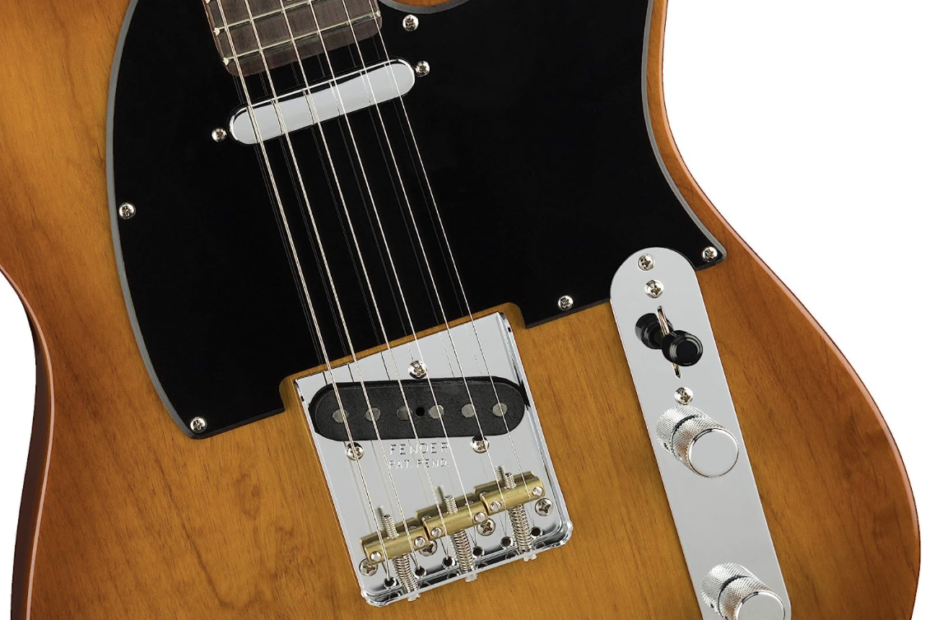The Cadd9 guitar chord is a commonly used guitar chord in various genres of music. It belongs to the C chord family and is an extended or embellished version of the regular C major chord. The “Cadd9” name indicates that the chord includes the major 9th interval in addition to the standard C major triad.
Here’s how the Cadd9 chord is played:
- Finger Placement:
- Place your index finger on the 2nd fret of the D (4th) string.
- Place your middle finger on the 3rd fret of the A (5th) string.
- Place your ring finger on the 3rd fret of the B (2nd) string.
- Let the high E (1st) string ring open (unfretted).
- Strumming: You can strum all the strings from the A string (5th string) down to the high E string (1st string). Avoid strumming the low E string (6th string).
Here’s the string-by-string breakdown of the finger placements:
e|---0---|---3---| B|---3---|---3---| G|---0---|---0---| D|---2---|---2---| A|---3---|---0---| E|---x---|---x---|In tab notation, the “x” indicates that the string is not played (muted).
 The Cadd9 guitar chord has a bright and open sound, often used in acoustic and folk music. It can be substituted for a regular C major chord to add a slightly different flavor to chord progressions. As with any chord, practicing the Cadd9 chord and transitioning to and from it in various chord progressions will help you become more comfortable and proficient in playing it.
The Cadd9 guitar chord has a bright and open sound, often used in acoustic and folk music. It can be substituted for a regular C major chord to add a slightly different flavor to chord progressions. As with any chord, practicing the Cadd9 chord and transitioning to and from it in various chord progressions will help you become more comfortable and proficient in playing it.
Also Read:
Guitar Chord Finder: Ultimate Tool
Mastering the C/E Guitar Chord
Top Tips to Play Guitar Chords
The Cadd9 chord consists of three notes: C (root), E (major third), and D (major ninth). The major ninth interval is the same note as the second note in the C major scale, but it is played an octave higher.
 Here’s some additional information about this guitar chord:
Here’s some additional information about this guitar chord:
- Voicings and Variations: While the standard finger placement described earlier is the most common way to play the Cadd9 chord, there are other voicings and variations you can explore. For instance, you can experiment with different fingerings, inversions, and positions on the fretboard to achieve different tonal qualities and fit specific musical contexts.
- Usage: The Cadd9 chord is often used as a substitute for the regular C major chord to add a bit of color and variation to chord progressions. It’s a popular choice in acoustic, folk, and pop music. You might find it in intros, verses, and choruses of songs. Additionally, the open and airy sound of the Cadd9 chord makes it a favorite for creating a sense of space and brightness in a song.
- Chord Progressions: The Cadd9 chord can be used in various chord progressions to create a different harmonic feel. For example, you might use a progression like C – G – Am – F – Cadd9 to give your song a unique twist compared to the standard C – G – Am – F – C progression.
- Strumming Patterns: Experiment with different strumming patterns and picking techniques to enhance the sound of the Cadd9 chord. You can create rhythmic and dynamic variations to add interest to your playing.
- Transposition: Like other chords, the Cadd9 chord can be transposed to different keys by moving the shape up or down the fretboard. This allows you to incorporate the chord into different songs and musical contexts.
- Song Examples: Some well-known songs that feature the Cadd9 chord include “Boulevard of Broken Dreams” by Green Day and “Hey There Delilah” by Plain White T’s. These songs showcase how the Cadd9 chord can be integrated into songwriting and playing.
Chord Structure
 let’s delve deeper into the chord structure of Cadd9:
let’s delve deeper into the chord structure of Cadd9:
- Root Note (C): The root note of the Cadd9 chord is C. It is the foundational note from which the entire chord is built. In music theory, the root note gives the chord its name.
- Major Third (E): The major third is the second note in the Cadd9 chord. In this case, the E note is two whole steps (or four half steps) above the root C. The major third contributes to the chord’s major quality and helps define its tonality.
- Major Ninth (D): The major ninth is the extended note that gives the Cadd9 chord its distinctive sound. It is located one octave above the root note C. In terms of semitones, the major ninth (D) is two semitones above the octave C. The major ninth adds a lush and slightly more complex character to the chord.
The notes of the Cadd9 chord—C, E, and D—are the 1st, 3rd, and 9th degrees of the C major scale:
C Major Scale: C – D – E – F – G – A – B – C
The Cadd9 chord contains the following notes from the C major scale:
- C (Root)
- E (Major Third)
- D (Major Ninth)
This combination of notes produces the unique and appealing sound of the Cadd9 chord. It’s worth noting that the Cadd9 chord does not include the 7th degree of the C major scale (B), which distinguishes it from a Cmaj9 chord.
Understanding the chord structure helps you grasp the theory behind the chord and how it relates to other chords and scales. As you become more familiar with chord structures, you’ll be better equipped to explore different chord voicings, inversions, and progressions in your guitar playing and songwriting.
Voicings and Variations
 Voicings and variations refer to different ways of playing the same chord on the guitar, using different fingerings and positions on the fretboard. These variations can add richness and variety to your chord progressions. Here are some voicings and variations for the Cadd9 chord:
Voicings and variations refer to different ways of playing the same chord on the guitar, using different fingerings and positions on the fretboard. These variations can add richness and variety to your chord progressions. Here are some voicings and variations for the Cadd9 chord:
- Standard Voicing (Open Position):
- Place your index finger on the 2nd fret of the D string.
- Place your middle finger on the 3rd fret of the A string.
- Place your ring finger on the 3rd fret of the B string.
- Let the high E string ring open (unfretted).
- Alternate Open Position:
- Place your index finger on the 3rd fret of the A string.
- Place your middle finger on the 3rd fret of the B string.
- Place your ring finger on the 3rd fret of the high E string.
- Let the D string (4th string) ring open (unfretted).
- Barre Chord Voicing:
- Place your index finger across all the strings on the 3rd fret, creating a barre.
- Place your middle finger on the 4th fret of the G string.
- Place your ring finger on the 5th fret of the A string.
- Place your pinky finger on the 5th fret of the D string.
- Higher Voicing:
- Place your index finger on the 10th fret of the D string.
- Place your middle finger on the 11th fret of the A string.
- Place your ring finger on the 12th fret of the B string.
- Let the high E string ring open (unfretted).
- Chord Inversion:
- Place your index finger on the 3rd fret of the B string.
- Place your middle finger on the 3rd fret of the high E string.
- Place your ring finger on the 3rd fret of the A string.
- Let the D string (4th string) ring open (unfretted).
- Fingerstyle Variation:
- Use your thumb to play the 3rd fret of the A string.
- Place your index finger on the 3rd fret of the B string.
- Place your middle finger on the 3rd fret of the high E string.
- Let the D string (4th string) ring open (unfretted).
- Strumming Patterns: Experiment with different strumming patterns and rhythms to create various textures and dynamics with the Cadd9 chord.
Remember, these are just a few examples of the many possible voicings and variations for the Cadd9 chord. By exploring different fingerings and positions, you can find voicings that suit your playing style and the mood of the song you’re working on. Voicings and variations also allow you to create interesting chord progressions and add depth to your guitar arrangements.
